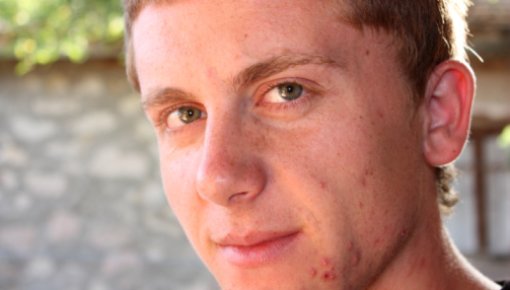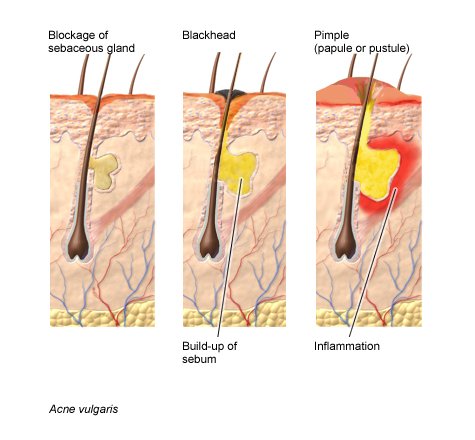Cao H, Yang G, Wang Y et al. Complementary therapies for acne vulgaris. Cochrane Database Syst Rev 2015; (1): CD009436.
Degitz K, Ochsendorf F. Acne. J Dtsch Dermatol Ges 2017; 15(7): 709-722.
Magin P, Adams J, Heading G et al. Experiences of appearance-related teasing and bullying in skin diseases and their psychological sequelae: results of a qualitative study. Scand J Caring Sci 2008; 22(3): 430-436.
Magin P, Adams J, Heading G et al. Psychological sequelae of acne vulgaris: results of a qualitative study. Can Fam Physician 2006; 52(8): 978-979.
Nast A, Dréno B, Bettoli V et al. European evidence-based (S3) guideline for the treatment of acne - update 2016 - short version. J Eur Acad Dermatol Venereol 2016; 30(8): 1261-1268.
Prior J, Khadaroo A. 'I sort of balance it out'. Living with facial acne in emerging adulthood. J Health Psychol 2015; 20(9): 1154-1165.
Romano M, Dellavalle RP, Naldi L. Acne vulgaris. In: Williams H (Ed). Evidence-based dermatology. London: BMJ Publishing Group; 2014.
Tan JK, Vasey K, Fung KY. Beliefs and perceptions of patients with acne. J Am Acad Dermatol 2001; 44(3): 439-445.
Williams HC, Dellavalle RP, Garner S. Acne vulgaris. Lancet 2012; 379(9813): 361-372.
IQWiG health information is written with the aim of helping people understand the advantages and disadvantages of the main treatment options and health care services.
Because IQWiG is a German institute, some of the information provided here is specific to the German health care system. The suitability of any of the described options in an individual case can be determined by talking to a doctor. informedhealth.org can provide support for talks with doctors and other medical professionals, but cannot replace them. We do not offer individual consultations.
Our information is based on the results of good-quality studies. It is written by a team of health care professionals, scientists and editors, and reviewed by external experts. You can find a detailed description of how our health information is produced and updated in our methods.


